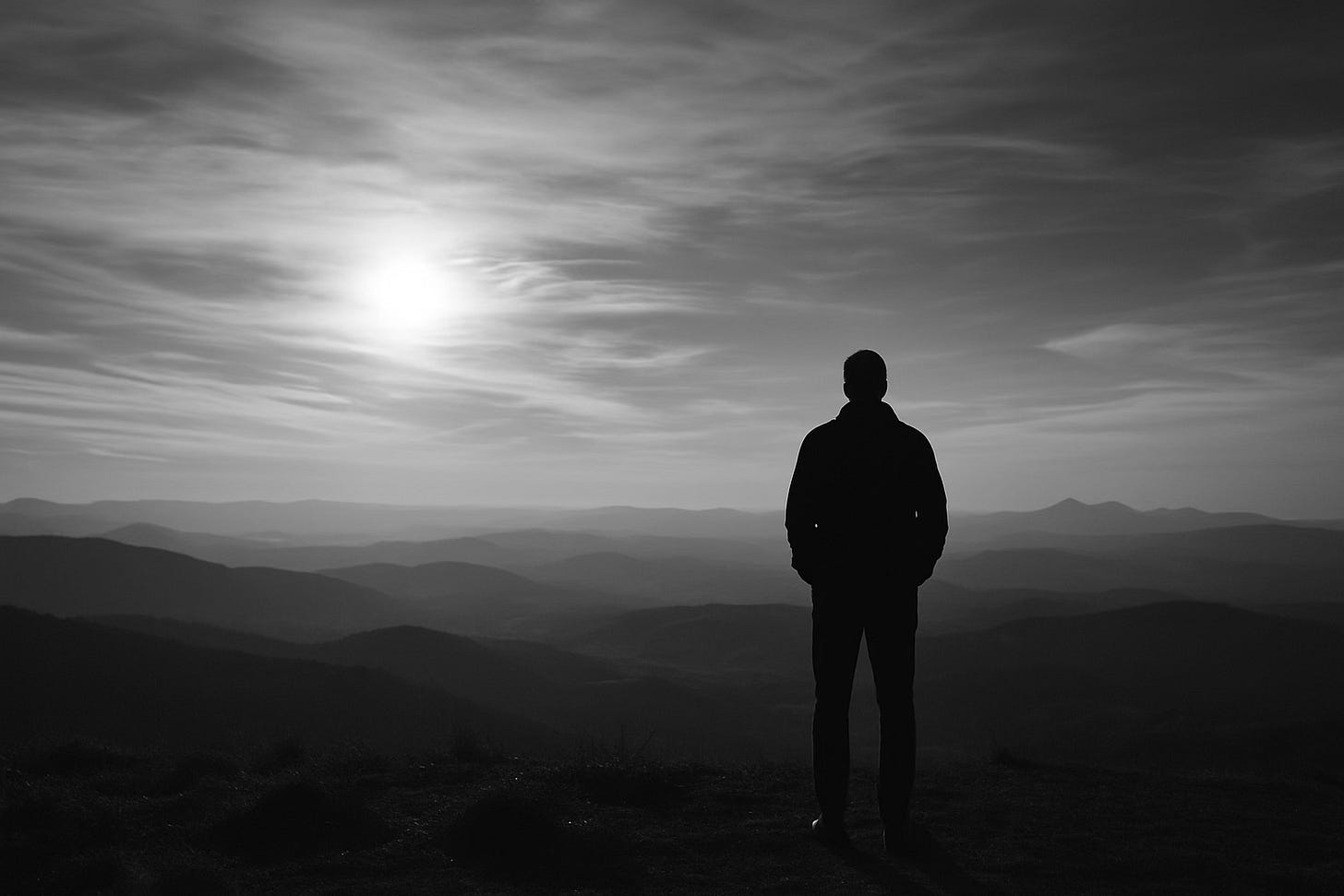Impermanence Isn’t an Idea
Not all endings require explanation. Some are just readiness, arriving before permission
A little over 10 years ago, my corporate career was winding down at the same time my teenage son was diagnosed with cancer. Within a matter of days, I was passed over for a promotion I had long expected and received the news of his illness. In that moment, something shifted permanently. Not in a dramatic or cinematic way, but in the quiet dismantling of the future I thought I was heading toward.
I made a decision. I left my corporate path, and I began a new chapter that allowed me to be present for my son—who, gratefully, overcame that chapter of his life and is doing well today. But what I didn’t yet understand was that I had also crossed a personal threshold, one I wouldn’t name until years later.
At the time, it felt like loss and sacrifice. It felt like failure. What I now understand is that I was meeting impermanence face to face. The slow undoing of assumptions. The quiet dismantling of scaffolding I had mistaken for truth.
Everything changes. Everything ends. Time, grief, identity, status, certainty, even joy. Not because life is cruel, but because that’s the nature of form. The deeper truth is that nothing we build holds still. Nothing. And that’s not a problem. It’s the opening.
Most people agree with the idea that “everything changes.” But they don’t feel it in the body. They accept impermanence conceptually, but live as if it doesn’t apply to their own relationships, positions, or plans.
The nervous system doesn’t process ideas. It responds to pattern. To threat. To loss of familiar ground. Even when the mind agrees, the body resists. The body holds on. The body bargains. And that’s why true impermanence work can feel like grief. Because it is grief.
When we speak of structural identity work, we are really speaking of dismantling internal illusions—roles, personas, loyalties, patterns of being that once worked but no longer serve. And one of the first illusions we must confront is this: that anything will stay the same.
Even suffering isn’t permanent. That’s what many forget. We believe we are doomed to repeat a loop forever, when often it’s our attachment to that loop that keeps it alive. Familiar pain is easier to hold than unfamiliar freedom. That’s the trap. Identity prefers what it knows, even if it hurts.
This is why transformation rarely begins with motivation. It begins with falling-in or a miscalculation. Or at least the quiet realization that clinging is no longer working. That the structure you built can’t hold you anymore. And that truth, as unsettling as it is, can also be mercy.
There is a phrase I return to often: Nothing I build holds still. It reminds me that love, safety, relevance, meaning—all of it is in motion. It also reminds me that I don’t need to fight that motion. I can work with it.
Impermanence isn’t a threat. It’s a clearing. A realignment. The death of one story to make room for another. Not necessarily a better one—just a truer one. And in truth, there is room to breathe.
I wish someone had told me that earlier. I wish someone had told me that grief isn’t a failure of strength, but a sign of release. That letting go isn’t passive. It’s participation. It’s presence. It’s the body finally telling the truth.
So if you’re here, in the middle of something falling away, or watching something you once depended on begin to shift, don’t rush to rebuild. Don’t panic and fill the silence with strategy. Just notice.
Know that you are knowing. Watch what your nervous system does. Track the urge to control, to anchor, to reassert a story that no longer fits. And gently, choose presence instead.
That’s the anchor. That’s the shift. Not a new identity. Not a solution. Just a deep breath in the center of movement.
And if it hurts, good. It means you’re awake. It means you’re feeling it all, not just the parts you were trained to manage.
This is structural identity work. Not as a concept, but as a posture. As a lived practice.
We don’t fix impermanence. We walk with it. And if we’re honest, it walks us home.



